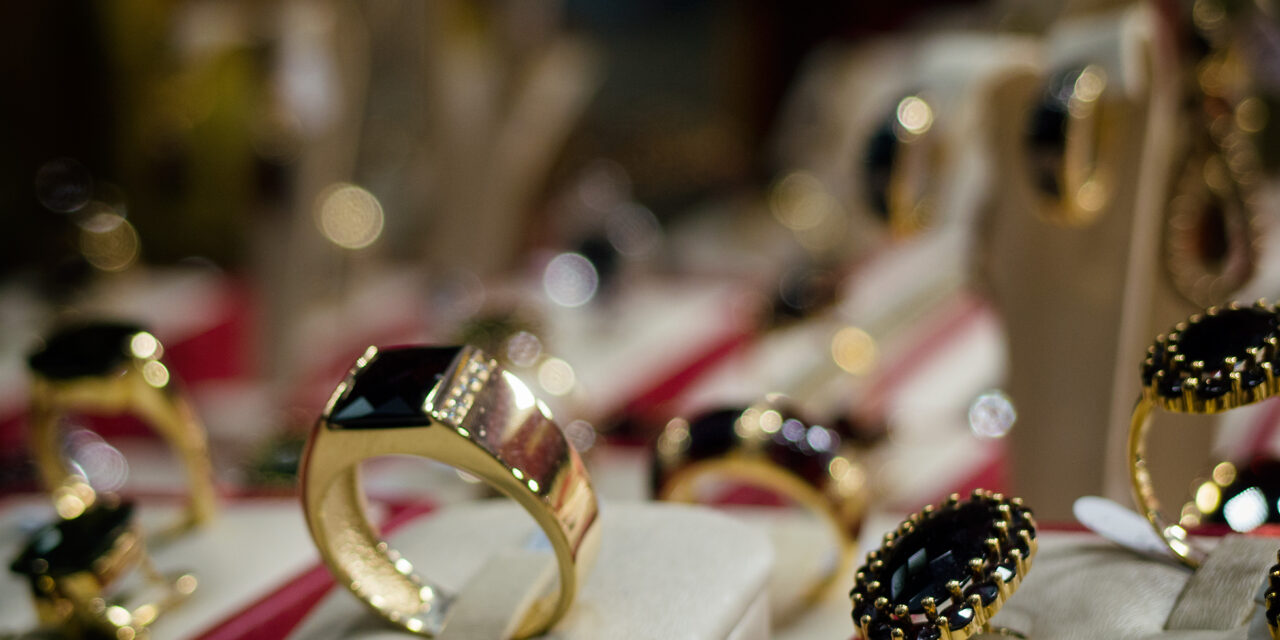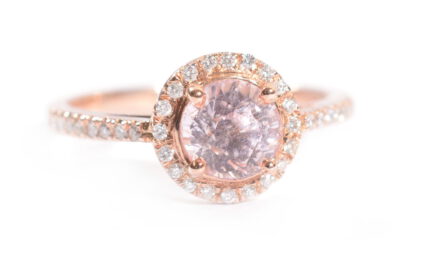Do you know what is so special about Bohemian garnet and where does it come from? In this post, we are going to tell you about the history, properties and unique appearance of world-known Bohemian garnet.
Bohemian garnet
Bohemian garnet is a transparent mineral that belongs to the family of pyrops. This name comes from Greek words pyr for “fire” and ops for “eye”. Because of chromium admixture, Bohemian garnet has a fiery red colour that’s very popular all over the world.
This precious stone is about 0.2 to 0.8 cm small. Despite its small size, this gemstone is resistant to heat and acids and it has a hardness number of 6.5 to 7.5
If you would ask what is the difference between Bohemian garnet and the Czech garnet, we would say that there’s no difference at all. Bohemia is a western part of the Czech Republic and Bohemian garnet can be only found in the Bohemia. So these two names represent the same thing – a dark red garnet found in the Bohemia. Regardless, Bohemian garnet is the rightful name.
A lot of people continuously mistake Almandine for Bohemian garnet. The main difference between these two gemstones is their size and colour. As said before, Bohemian garnet has a fiery red colour and isn’t as big as other gemstones. On the other hand, Almandine has a brownish-red or purple-red colour and is significantly bigger. That’s the reason why is Almandine placed in the centre of a piece of jewellery with Bohemian garnet. This combination is very popular in Bohemian garnet earrings or rings.
History of Bohemian garnet
Bohemian garnet has been collected from rivers since ancient times. The organized collecting of garnets that was exported to Europe began at the time of great migration of nations from the 6th to 8th century. In the Middle Ages, the popularity of Bohemian garnets decreased, but a few rare goldsmith relics have been preserved from the second half of the 14 century (reliquary from PragueCathedral). In the second half of the 15th century, garnets slowly began to be used as decorations on chalices.
Bohemian garnet became very popular in the time of Rudolf II, Emperor of the Holy Roman Empire and King of Bohemia (ruled 1576-1610), that supported the stonecutters and other jewellers and had the most famous gem and mineral collection. In 1679, Bohuslav Balbín named those gemstones Bohemian garnets. Since that, these gemstones became more and more popular in jewellery and in 1762 Empress Marie Terezie issued a ban on the export of Bohemian garnets from the country.
The Czech national renaissance established the Bohemian Garnet as the mineralogical symbol of Bohemia.
In the 19th century, Bohemian garnet-makers displayed exhibitions in the country and abroad. Thanks to the success of the craftsman at the World Exhibition in Brussel (1958), Bohemian garnet returned to its contemporary work and started to write a new history of the jewellery production in Bohemia.
Healing properties of Bohemian garnet
Bohemian garnet is a birthstone of January.
Bohemian Garnet is believed to revive life energy, bring out creativity and joyful side of life and to help you finish all your resolutions and life goals. It can also help with depression and anxiety. This gemstone is also great for boosting self-confidence and positive state of mind.
In the Middle Ages, Bohemian garnet was used for protecting against nightmares and deadly diseases. People believed, that carving a lion out of this garnet and wearing it as a Bohemian garnet necklace or pendant will protect its owner from spirits and guard it on his journey.
Bohemian garnet jewellery
Bohemian garnet jewellery is admired all over the world. First Lady of the United States Michelle Obama took home a Bohemian garnet brooch after visiting the Czech Republic in 2009.
Bohemian garnet rings are also very popular in combination with diamonds or almandine, which makes the unique appearance of this precious gem stand out.
The biggest producer of Bohemian garnet is the Granát Turnov, cooperative for the art production, which is also the owner of Bohemian garnet mines and the owner of the international trademark “Czech garnet” and “Czech garnet jewellery”. This certification is always recommended to ensure gemstone authenticity.





